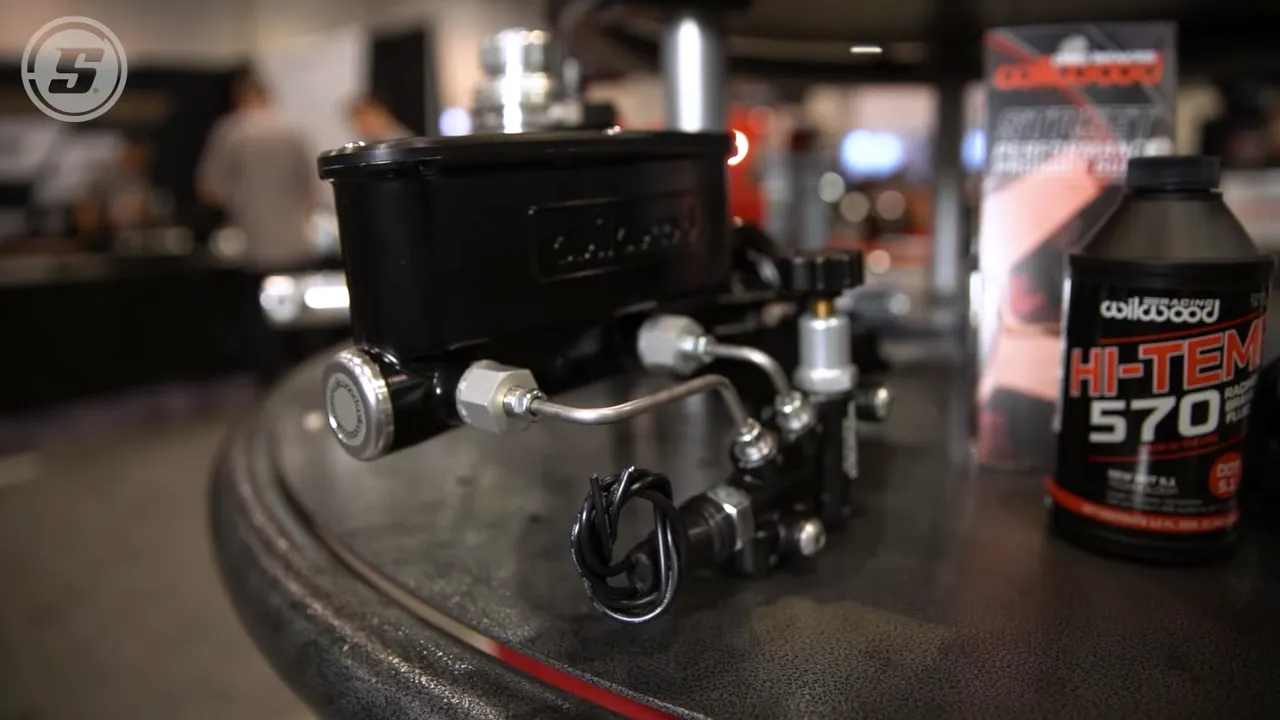To install a proportioning valve, first, locate the brake system’s distribution block. Next, disconnect the brake line and remove the old valve.
Then, position the new valve in the same place and reconnect the brake line. Finally, bleed the brakes to ensure proper installation. Introducing a proportioning valve into your brake system can enhance your vehicle’s performance and ensure safe braking. Whether you’re upgrading your car or need to replace a faulty valve, installing a proportioning valve is a relatively straightforward process.
We will guide you on how to install a proportioning valve effectively. By following these simple steps, you can ensure that your brakes are calibrated correctly and provide optimal stopping power to your vehicle. So, let’s get started with the installation process and have your brakes working at their best in no time.
The Importance Of A Proportioning Valve For Your Vehicle’S Braking System.
When it comes to ensuring the safety and performance of your vehicle’s braking system, the proportioning valve plays a crucial role. It is responsible for distributing the hydraulic pressure evenly between the front and rear brakes, ensuring balanced braking performance and preventing wheel lock-up.
Ensures balanced braking performance
A proportioning valve ensures that the front and rear brakes of your vehicle engage at the same rate, allowing for balanced braking performance. This is particularly important during sudden stops or emergency braking situations, as it helps prevent skidding and allows for better control of the vehicle.
Prevents wheel lock-up
Wheel lock-up occurs when one or more wheels stop rotating while the vehicle is still in motion. This can result in a loss of control and make steering difficult, especially on slippery surfaces. A properly functioning proportioning valve helps prevent wheel lock-up by limiting the hydraulic pressure to the rear brakes, ensuring that all wheels maintain optimal rotation during braking.
Provides optimal control and safety
By maintaining a proper balance of hydraulic pressure between the front and rear brakes, a proportioning valve enhances the overall control and safety of your vehicle. It allows for more responsive braking, reduces the risk of skidding, and ensures efficient stopping power. With a proportioning valve in place, you can have peace of mind knowing that your vehicle’s braking system is working at its best.
Installing a proportioning valve is a relatively straightforward process that can greatly improve the performance and safety of your vehicle’s braking system. Whether you are upgrading your brakes or replacing a faulty proportioning valve, it is an essential component that should not be overlooked. Take the time to ensure that your vehicle is equipped with a properly functioning proportioning valve, and you will enjoy enhanced braking performance and increased safety on the road.
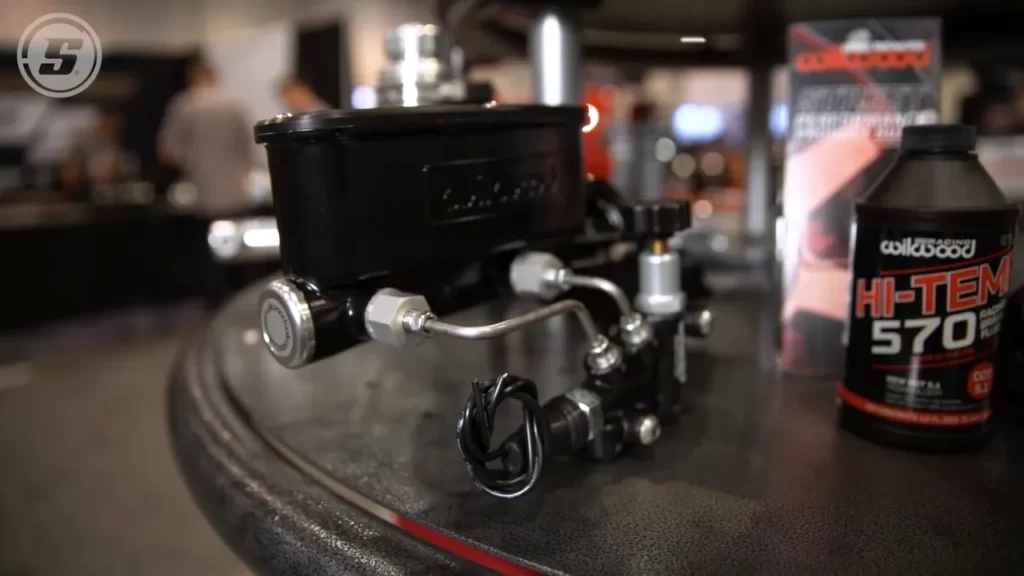
Factors To Consider When Selecting A Proportioning Valve.
Installing a proportioning valve is essential in ensuring the proper distribution of brake pressure between the front and rear wheels of a vehicle. However, selecting the right proportioning valve for your specific vehicle and brake system is crucial for optimum performance and safety. There are several factors to consider when choosing a proportioning valve, such as the vehicle type and weight, brake system specifications, and the types of proportioning valves available. Let’s take a closer look at each of these factors.
Vehicle Type and Weight
The first factor to consider when selecting a proportioning valve is the vehicle type and weight. The weight distribution between the front and rear of a vehicle can vary significantly depending on factors such as engine placement, body design, and cargo capacity. It is important to choose a proportioning valve that is compatible with your vehicle’s weight and intended use. For instance, a heavy-duty truck may require a different proportioning valve than a compact car. By considering the vehicle’s weight and type, you can ensure that the proportioning valve will provide the appropriate brake bias.
Brake System Specifications
The second factor to consider is the brake system specifications. Different vehicles have different brake systems, which can vary in terms of rotor size, caliper type, number of pistons, and overall braking capacity. It is crucial to choose a proportioning valve that is compatible with your vehicle’s specific brake system specifications. The proportioning valve should be able to handle the hydraulic pressure generated by the brake system and distribute it effectively to achieve balanced braking. Taking into account the brake system specifications will help you find a proportioning valve that suits your vehicle’s braking needs.
Proportioning Valve Types Available
Lastly, it is important to consider the types of proportioning valves available. There are various types of proportioning valves on the market, each designed to meet different needs and requirements. Some common types of proportioning valves include adjustable valves, fixed valves, and combination valves. Adjustable valves allow for fine-tuning the brake bias and are ideal for high-performance applications. Fixed valves, on the other hand, provide a predetermined brake bias setting and are suitable for vehicles with consistent weight distribution. Combination valves combine proportioning, metering, and pressure-differential functions in one valve. By understanding the different types of proportioning valves available, you can choose the one that best suits your vehicle and braking requirements.
By considering the factors of vehicle type and weight, brake system specifications, and the types of proportioning valves available, you can make an informed decision when selecting a proportioning valve for your vehicle. This will ensure that your brakes perform optimally, providing you with the confidence and safety you need on the road.
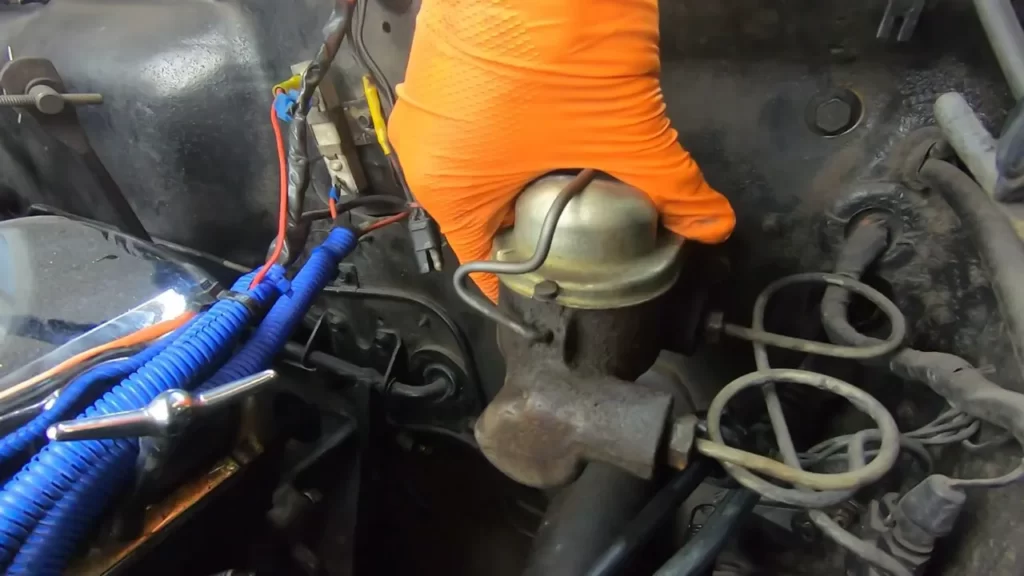
Detailed Instructions For Installing A Proportioning Valve In Your Vehicle.
Detailed instructions for installing a proportioning valve in your vehicle
If you’re looking to improve the braking performance of your vehicle, installing a proportioning valve can be a great upgrade. A proportioning valve helps balance the distribution of brake pressure between the front and rear brakes, ensuring optimal stopping power. In this guide, we will provide detailed instructions on how to install a proportioning valve in your vehicle, step by step. So, let’s get started!
Preparing the vehicle and gathering necessary tools
Before you begin the installation process, it’s important to prepare your vehicle and gather the necessary tools. Here’s what you’ll need:
- Proportioning valve kit (make sure it’s compatible with your vehicle)
- Wrench set
- Tube bender
- Tubing cutter
- Brake line wrench
- Brake fluid
- Shop rags
- Jack and jack stands
Removing the existing brake lines
Now that you have everything you need, it’s time to remove the existing brake lines. Follow these steps:
- Jack up your vehicle and secure it with jack stands to ensure it is stable throughout the process.
- Locate the brake lines that need to be disconnected.
- Using a wrench, carefully loosen the brake line fittings.
- Once the fittings are loose, use a brake line wrench to fully remove them.
- Take note of the configuration and routing of the removed brake lines for reference during installation.
Mounting the new proportioning valve
With the existing brake lines removed, it’s time to mount the new proportioning valve. Follow these steps:
- Choose a suitable location for the proportioning valve. It should be easily accessible and away from any moving parts.
- Secure the valve using the provided mounting bracket and hardware.
- Ensure that the valve is mounted securely and will not interfere with other components.
Connecting the brake lines to the valve
Now that the valve is mounted, it’s time to connect the brake lines to it. Follow these steps:
- Measure and cut new brake lines to the appropriate length, taking into account the routing and configuration you noted earlier.
- Using a tube bender, shape the ends of the brake lines to match the fittings on the proportioning valve.
- Connect the brake lines to the appropriate ports on the proportioning valve and tighten the fittings using a brake line wrench.
Testing and adjusting the valve for optimal performance
With the brake lines connected, it’s important to test and adjust the valve to ensure optimal performance. Follow these steps:
- Fill the brake fluid reservoir with the recommended type of brake fluid.
- Bleed the brake lines to remove any air bubbles.
- With the vehicle safely elevated, carefully test the brakes to ensure proper functionality.
- If needed, adjust the proportioning valve to achieve the desired brake bias between the front and rear brakes.
Congratulations! You have successfully installed a proportioning valve in your vehicle. By following these detailed instructions, you can enjoy improved braking performance and enhanced safety on the road.
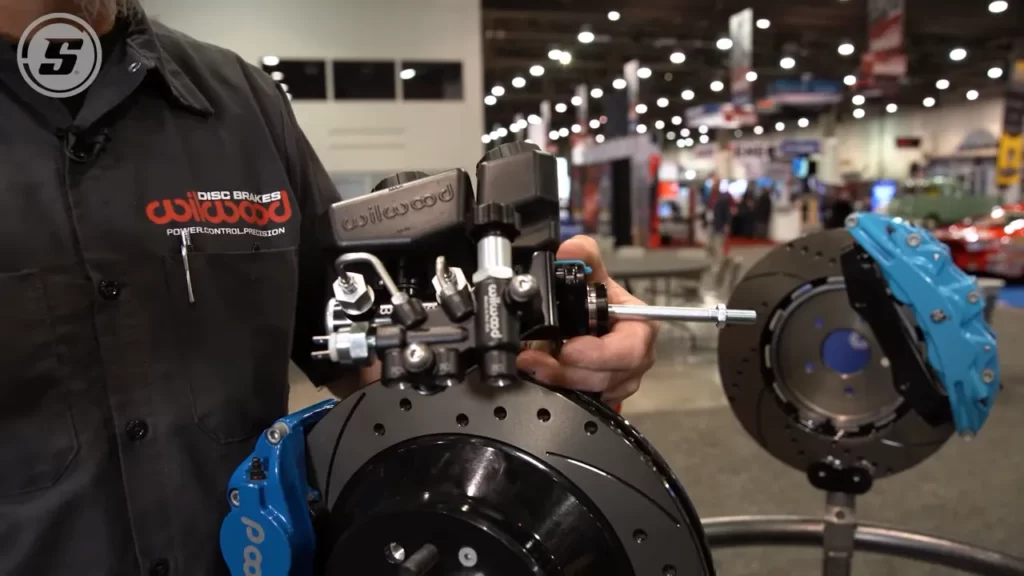
Potential Problems You May Encounter During The Installation Process And How To Overcome Them.
Installing a proportioning valve is an essential step in ensuring proper brake balance and performance in your vehicle. However, like any installation process, you may encounter a few challenges along the way. In this section, we will discuss three potential problems you may face during the installation of a proportioning valve and provide practical solutions to overcome them.
Leaking brake lines or fittings
One common issue that you may encounter during the installation process is leaking brake lines or fittings. This can be a result of poor installation techniques or damaged components. Here are some steps to overcome this problem:
- Ensure that all brake lines and fittings are clean and free from debris or rust.
- Tightly secure the brake lines using appropriate wrenches or tools to prevent any leaks.
- If you notice any leaks after installation, carefully inspect the connection points and tighten them if necessary.
- If the leak persists, consider replacing the damaged brake line or fitting with a new one.
Inconsistent braking performance
Another problem you may encounter is inconsistent braking performance after installing a proportioning valve. This can result in brakes that feel weak or overly sensitive. Here’s how you can address this issue:
- Check the adjustment of the proportioning valve to ensure it is set correctly.
- If the brake balance feels off, you may need to adjust the valve to distribute the braking force evenly.
- Refer to the manufacturer’s instructions or consult a professional to understand the recommended adjustment procedure for your specific valve.
- Make incremental adjustments and test the braking performance until you achieve a balanced and consistent braking feel.
Adjustment difficulties
Lastly, you may encounter difficulties when trying to adjust the proportioning valve. This can be due to various factors, such as a lack of understanding or improper tools. Consider the following steps to overcome this challenge:
- Start by thoroughly reading the installation instructions provided by the manufacturer to understand the adjustment process.
- Ensure you have the necessary tools, such as a flare nut wrench or an adjustable wrench, to make precise adjustments.
- Take your time and make small adjustments, taking note of the changes in braking performance after each adjustment.
- If you are still having difficulty, don’t hesitate to consult an automotive professional or reach out to the manufacturer for assistance.
By following these solutions to common problems, you can overcome any hurdles you may encounter during the installation of a proportioning valve. With a properly installed and adjusted valve, you can enjoy improved brake performance and enhanced safety while driving.
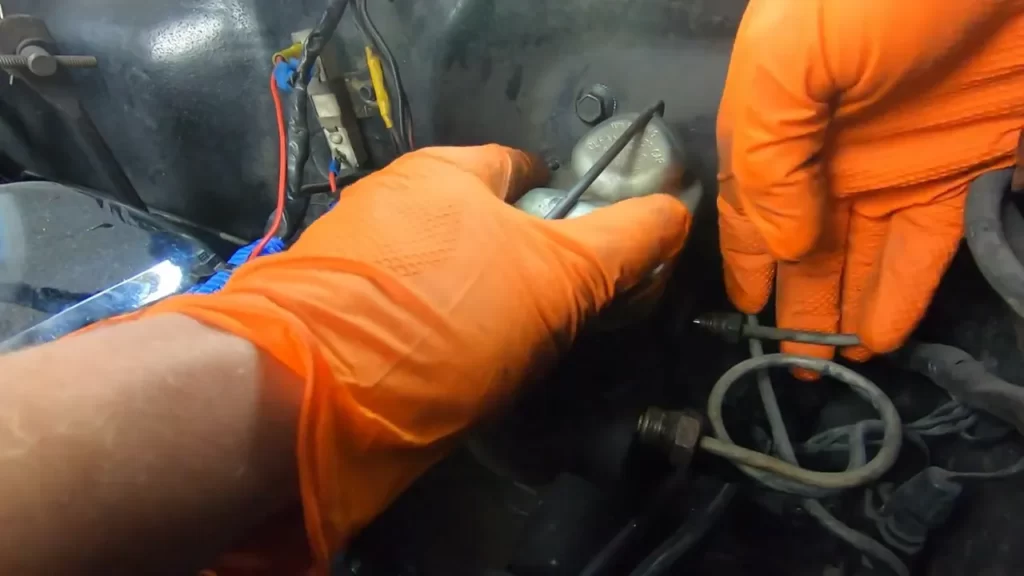
The Importance Of A Properly Installed Proportioning Valve For Your Vehicle’S Braking System.
The braking system is one of the most critical components of your vehicle when it comes to safety. A properly working braking system ensures that you can stop your vehicle safely and efficiently, preventing potential accidents on the road. One important component of the braking system is the proportioning valve. The proportioning valve plays a vital role in balancing the brake pressure between the front and rear wheels, ensuring safe and balanced braking.
Ensures safe and balanced braking.
When you hit the brakes, the proportioning valve helps distribute the hydraulic pressure evenly between the front and rear brakes. This balance is crucial because it prevents the front or rear brakes from locking up and causing your vehicle to skid or lose control. By properly installing a proportioning valve, you can ensure that your vehicle has the necessary braking power and traction to stop safely.
A proportioning valve primarily benefits vehicles with a front disc/rear drum braking system or vehicles with different-sized front and rear brake calipers. In both cases, the brake pressure needs to be adjusted to prevent wheel lock-up. Without a properly installed proportioning valve, you run the risk of uneven braking, decreased stopping power, and potential loss of control.
Prevents potential accidents caused by wheel lock-up.
Wheel lock-up occurs when one or more wheels stop rotating while the vehicle is still in motion. This can cause skidding or sliding, especially during sudden stops or in wet or icy road conditions. A properly installed proportioning valve prevents this by evenly distributing the brake pressure, ensuring that all wheels can maintain traction with the road surface.
By avoiding wheel lock-up, you greatly reduce the chance of accidents caused by loss of control. Whether you encounter an emergency situation on the road or need to make a sudden stop, a proportioning valve ensures that your brakes respond appropriately, allowing you to maintain steering control and avoid potential collisions.
To install a proportioning valve correctly, it’s essential to follow the manufacturer’s instructions and seek professional advice if needed. Proper installation not only ensures optimal performance but also enhances the overall safety of your vehicle’s braking system.
Frequently Asked Questions
Does The Proportioning Valve Have To Be Below The Master Cylinder?
The proportioning valve does not necessarily have to be below the master cylinder. The positioning of the valve depends on the specific needs and design of the braking system.
Do You Need A Proportioning Valve With All Drum Brakes?
Yes, a proportioning valve is needed for drum brakes to ensure balanced brake pressure between the front and rear wheels. It helps prevent rear wheel lock-up during sudden stops, improving overall braking performance and safety.
Where Do You Put An Adjustable Proportioning Valve?
An adjustable proportioning valve is typically installed on the brake lines near the rear axle of a car. It allows the driver to adjust the amount of braking force applied to the rear wheels, ensuring optimal balance between front and rear braking performance.
Where Do You Mount A Brake Proportioning Valve?
The brake proportioning valve should be mounted near the rear axle or on the brake line. Place it at a convenient location accessible for installation and adjustment.
Conclusion
Installing a proportioning valve is essential for achieving proper brake balance in your vehicle. By following the steps outlined in this guide, you can confidently tackle this task on your own. Remember to pay attention to safety precautions, consult your vehicle’s manual if needed, and take your time.
With the right tools and a little patience, you’ll have a functioning proportioning valve in no time. Enjoy the enhanced braking performance and peace of mind it brings to your driving experience!
